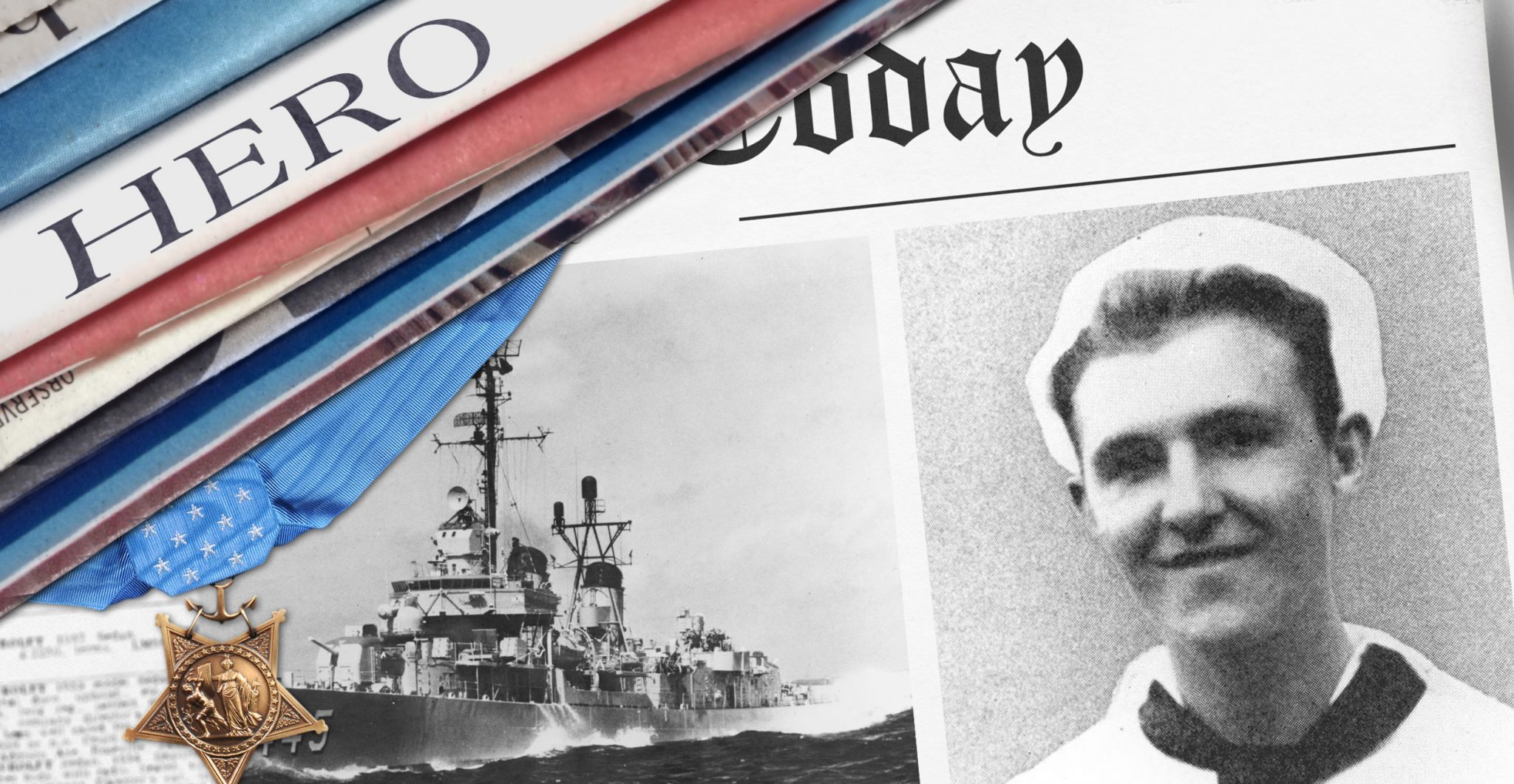The history of the Medal of Honor is full of tales of servicemen who paid the ultimate sacrifice in service of their country. Every one of these stories is unique and special, penned on the pages of history, and borne on the tongues of succeeding generations.
One such story is that of Elmer Bigelow, who by sheer courage dashed through blinding, choking smoke to put out a raging fire and save his ship from impending tragedy in February 1945.
The destroyer USS Fletcher could have disappeared in the depths of the Pacific. She could have never achieved fame among the most decorated ships of WWII, with her fifteen battle stars. Another five battle stars from the Korean War could have been impossible.
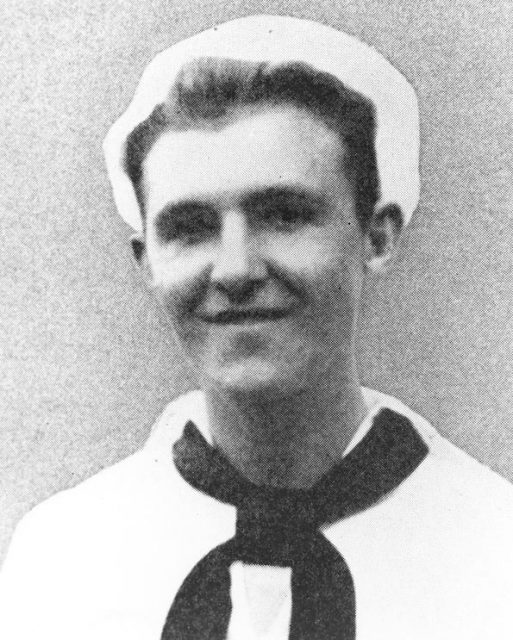
Nothing might have been left of the ship except the ruins of her frame in the belly of the ocean, and the ashes of the dead, floating on the silent waters, were it not for one moment of extraordinary bravery from Water Tender Second Class Bigelow. He made the difference in the ship’s fate that day.
Elmer Charles Bigelow was born on July 12, 1920 in Hebron, a small village in Illinois. In September 1942, he joined the U.S. Naval Reserve in Chicago, Illinois, and in June 1943 he was assigned to USS Fletcher (DD-445). In the course of his service aboard the ship, Bigelow advanced in rate to Water Tender Second Class.
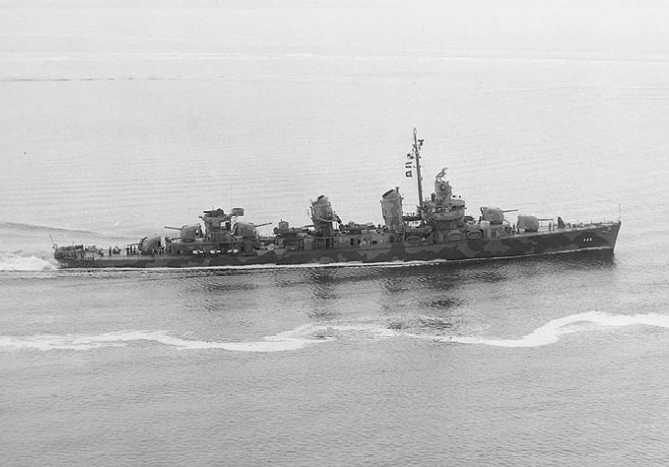
Deployed in the Pacific during World War II, Fletcher carried out escort and patrol duties around several different islands, shooting down enemy aircraft in the process.
But on February 14, the lead of the Fletcher-class destroyers came close to being sunk. As part of her operations off Corregidor, during the Allies’ attempt at retaking the island, Fletcher found herself in a fierce fight with Japanese shore batteries at Los Cochinos Point.
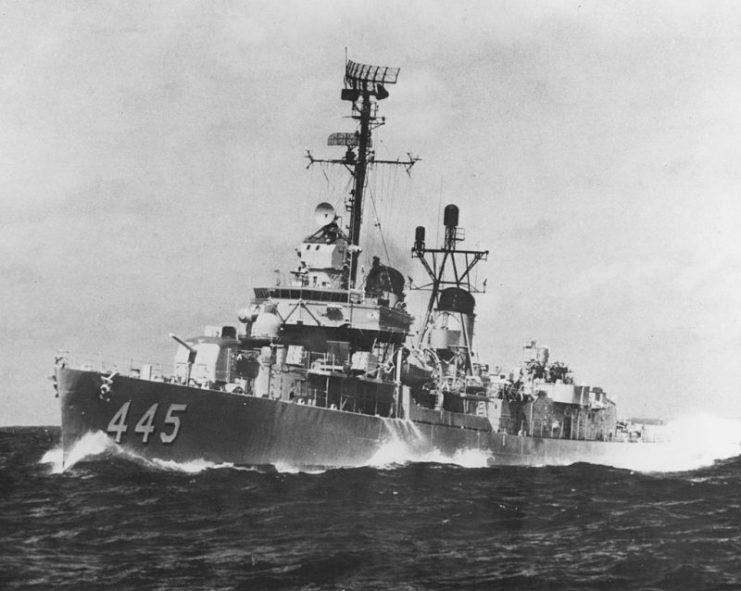
As the hostile exchange continued, a shell from the Japanese batteries struck her. The impact penetrated Fletcher‘s No. 1 gun magazine, and in very little time, flames began to consume everything on their path. Several powder cases caught fire. It was only a matter of time before the tragic explosion of the USS Arizona was replicated by Fletcher.
Enter Bigelow. From his position topside, he saw a large wave of thick, dark smoke surging through the magazine hatch. To extinguish the fire without risking smoke inhalation, he needed to put on a rescue-breathing apparatus.
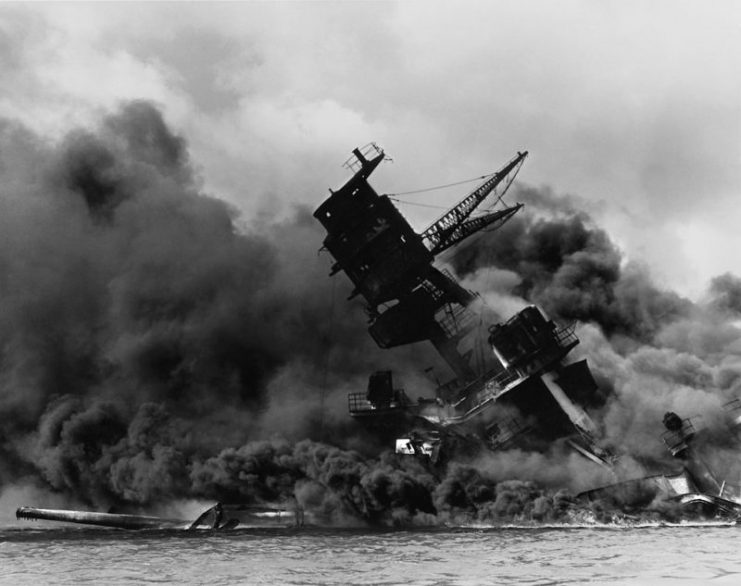
However, time was something Fletcher didn’t have. As Bigelow apparently saw it, he could either face the fires immediately or risk going down with a devastated ship. He opted for the former.
Grabbing a couple fire extinguishers, he dashed through the blinding smoke and into the flaming compartment. The thick smoke stung his eyes and burned his lungs. But he challenged the fire with the extinguishers, resolute in his quest to quench the flames that threatened the safety of his comrades.
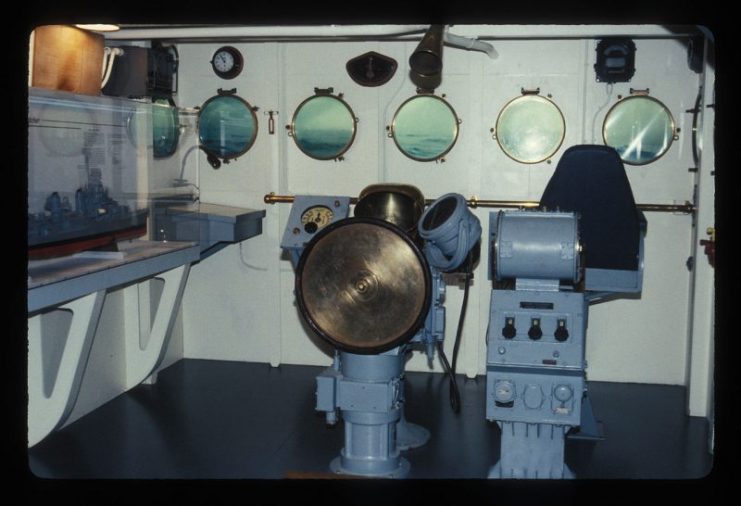
He was able to put out the fire, cooling the bulkheads and remaining powder cases in the process, thus preventing further damage to Fletcher from either fire or explosion. However, in the course of his heroic act, he sustained critical injuries.
Fletcher was able to pull through the hostile marine engagement, and even rescued survivors of another stricken ship about 40 minutes later. The engagement with the Japanese on Corregidor ended up costing her three sailors injured and eight killed, including Bigelow, who died the next day.
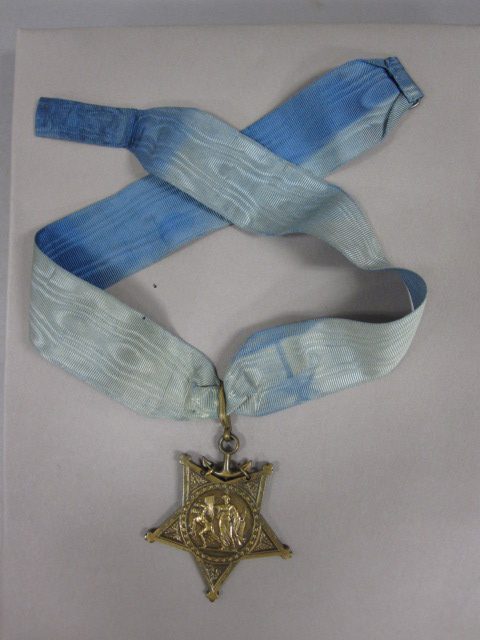
Following his heroic actions, Bigelow was posthumously advanced to Water Tender First Class. His final resting place is in his hometown, in Linn-Hebron Cemetery.
Bigelow was 24 at the time of his death, but his memory has lived on. In his honor, the Forrest Sherman-class destroyer USS Bigelow (DD-942) was named after him upon its launch in 1957.
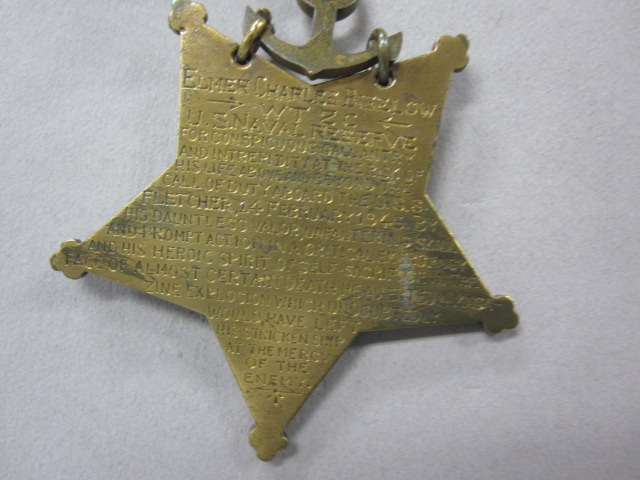
Read another story from us: The USS Arizona – 5 Facts You May Not Know
Also, for what his Medal of Honor citation describes as his “dauntless valor, unfaltering skill and prompt action in the critical emergency” which “averted a magazine explosion which undoubtedly would have left his ship wallowing at the mercy of the furiously pounding Japanese guns on Corregidor,” Water Tender First Class Elmer Bigelow was posthumously decorated with the United States’ highest military honor for valor in action.
